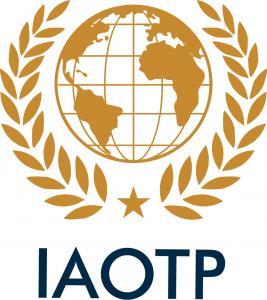— Andrew Wilson
NEW ORLEANS, LOUISIANA, UNITED STATES, August 25, 2023/EINPresswire.com/ — A growing sense of concern apparent in environmental NGOs and fisheries representatives regarding the State’s apparent lack of a concrete specific mitigation plan as relates to recent developments affecting the ecosystem of Barataria Bay. Concern is based upon past diversion structures that have led to significant legal battles. Andrew Wilson, an attorney with Milling Benson Woodward Law Firm practices in the field of environmental law. Wilson expressed his apprehensions regarding the situation, stating:
“I’m concerned that the State has not developed any specific “mitigation plan” which is exactly what happened in the Caernarvon situation which led to protracted litigation which went all the way to the U.S. Supreme Court. In the Davis Pond situation, the State paid a number of leaseholders who had no oysters on their leases, just rangia clams which only grow in fresh or nearly freshwater, indicating those leases couldn’t ever grow oysters and were worthless mud. The State needs to have a specific plan in mind for “mitigation” and must balance the two driving considerations: introducing this amount of freshwater will likely change the entire salinity regime if not the entire ecosystem of Barataria Bay and, the State cannot just give away funds for invalid claims as that would be unconstitutional. The solution is somewhere in the middle.”
The Importance of a Balanced Approach
The issue requires a fine balance between preserving the ecosystem and preventing unnecessary payouts on invalid claims. The solution must lie in a well-structured, legal, and environmentally sound plan that addresses the potential impact on Barataria Bay without falling into past pitfalls.
Lessons from the Past
The Caernarvon situation ended in lengthy litigation that reached the U.S. Supreme Court, while the Davis Pond incident witnessed payments to some leaseholders for invalid claims. These historical cases underscore the urgency and significance of crafting a thoughtful mitigation plan that adheres to constitutional norms and safeguards the environmental integrity of the region.
A Call to Action
Stakeholders, environmentalists, and particularly fisheries representatives are calling for immediate attention to the matter. The crafting of a mitigation plan is not merely a bureaucratic necessity; it is an urgent requirement that demands collaborative effort, clear goals, and an unwavering commitment to environmental stewardship. This is a classic example of a need for compromise.
Conclusion
The situation in Barataria Bay presents a critical challenge that requires an immediate and strategic response. Andrew Wilson’s comments may resonate with those who are vested in preserving the environment as well as in upholding the rule of law. The need for a transparency and a specific mitigation plan is not just a recommendation but an imperative that holds within it the promise of sustainable development, saving the fisheries, environmental integrity, and a respectful acknowledgment of the lessons of the past. The time to act is now, with wisdom, foresight, and a determined resolve to find the solution that lies “somewhere in the middle.”
Morgan Thomas
Rhino Digital, LLC
+1 504-875-5036
email us here
Visit us on social media:
Facebook
![]()
Originally published at https://www.einpresswire.com/article/651973354/lack-of-specific-mitigation-plan-raises-concerns-over-freshwater-introduction-in-barataria-bay






